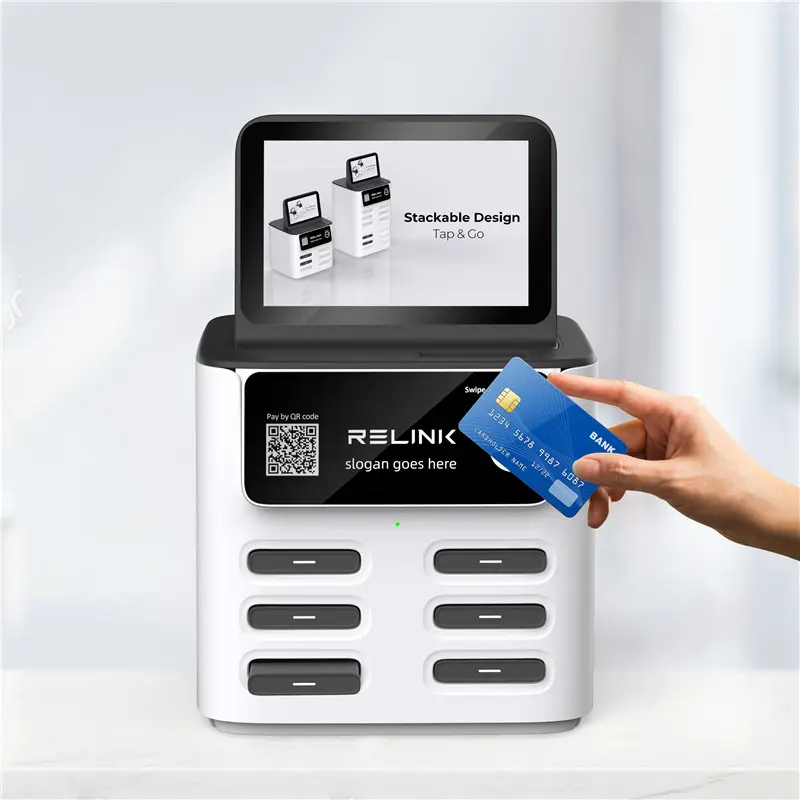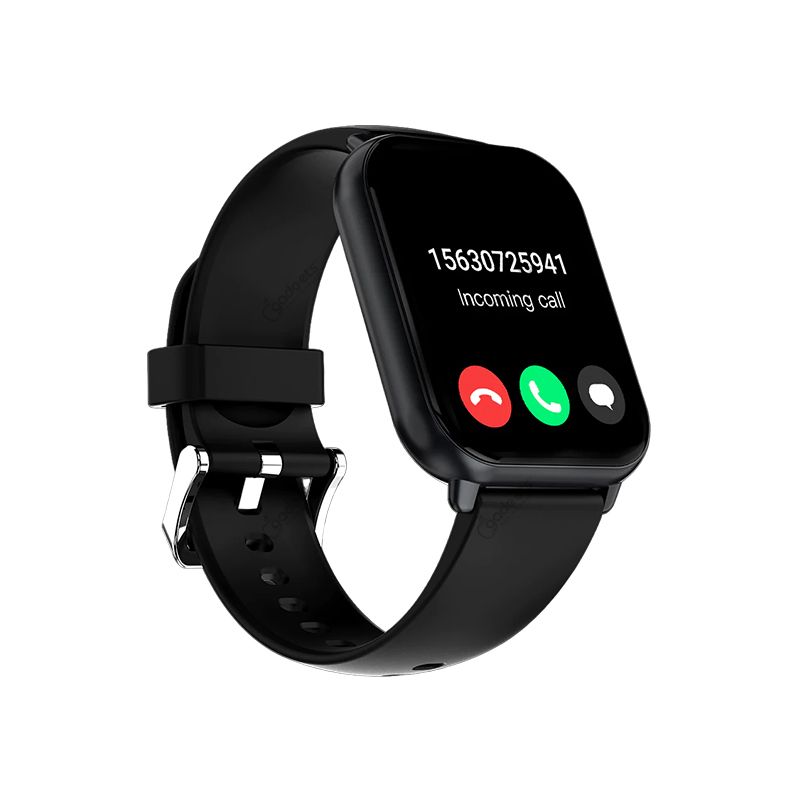Virtual Reality
Introduction: Defining Virtual Reality
Virtual reality (VR) refers to an immersive technology that uses computer-generated environments to simulate real or imagined worlds. Through VR, users engage with these environments, often wearing headsets and sensory gloves that provide visual, auditory, and tactile experiences. VR offers the potential for new ways of working, learning, and socializing, and it bridges a unique gap between digital and physical worlds.
The Evolution of Virtual Reality
The journey of VR began with early prototypes in the 1960s, including Morton Heilig’s “Sensorama,” a multi-sensory experience booth. Ivan Sutherland’s 1968 invention of a head-mounted display (HMD) known as “The Sword of Damocles” introduced the world to immersive, head-worn technology. Through the 1990s and 2000s, tech companies worked to improve the quality and affordability of VR, leading to significant progress in the 2010s with devices like the Oculus Rift, HTC Vive, and Sony’s PlayStation VR.
Today, advancements in graphics, processing power, and AI have created VR systems that feel increasingly realistic and responsive, broadening VR’s applications.
Applications of Virtual Reality
- Entertainment and Gaming
VR’s most popular application has been in gaming, where it offers immersive storytelling, interactive play, and even fitness experiences. Games like Beat Saber allow players to “physically” interact with their environment, while role-playing games provide fantasy worlds for users to explore. - Education and Training
VR is revolutionizing education by creating immersive learning environments. Medical students can perform virtual surgeries, flight simulations help train pilots, and history students can explore recreated ancient cities. These experiences offer hands-on learning without real-world risks. - Healthcare
In healthcare, VR is used for pain management, physical rehabilitation, and mental health treatments. Virtual environments can distract patients from pain, help stroke patients relearn motor skills, and provide exposure therapy for conditions like PTSD. VR is a safe environment for patients to navigate fears and stress. - Work and Collaboration
VR enables remote collaboration in professional settings by creating virtual meeting rooms and workspaces where users can interact as avatars. This application allows team members worldwide to meet, collaborate, and problem-solve, providing new possibilities for remote work. - Retail and Real Estate
Companies use VR to offer virtual product trials, and potential buyers can “walk through” real estate properties, trying out floor plans before committing. VR helps bridge gaps in physical distance, especially in the globalized digital economy.
Challenges Facing Virtual Reality
While VR holds remarkable potential, several challenges remain:
- Hardware Limitations: VR demands high processing power, high-resolution displays, and sensory feedback, which can make equipment costly and inaccessible.
- Health Concerns: Extended VR use can lead to symptoms like dizziness, disorientation, and eye strain. Some users experience “cybersickness,” a motion sickness caused by VR’s disconnect between physical and virtual movement.
- Social Implications: With VR’s potential to become a digital escape, concerns about addiction and isolation have emerged. Excessive use of VR for social interaction could replace real-world human connections, impacting mental health and social skills.
- Data Privacy: The use of VR involves collecting personal data, from movement patterns to visual focus. Privacy concerns arise over how this information is used and protected, especially in social VR spaces where interactions are recorded.
The Future of Virtual Reality
The future of VR points towards deeper immersion and integration with daily life. Developments in 5G technology will support smoother and more reliable VR streaming, while AI could enhance virtual worlds, making them more interactive and responsive. One goal is to achieve “full immersion,” where virtual environments mimic real-life sensory experiences perfectly, creating indistinguishable virtual and physical realities.
Additionally, the concept of the “metaverse”—a shared virtual space where users interact in a unified digital economy—is becoming a focal point in VR’s future. Companies like Meta (formerly Facebook) envision VR as a bridge to the metaverse, transforming how we socialize, work, and shop online.
Conclusion: Embracing the VR Revolution
Virtual reality has come a long way from its conceptual beginnings to its growing role in modern life. With applications in gaming, education, healthcare, and beyond, VR is transforming industries and reshaping the human experience. While challenges around accessibility, health, and privacy remain, ongoing advancements promise a future where VR could be as common as smartphones. Embracing VR’s potential responsibly offers a thrilling step into new worlds and ways of connecting with each other and our digital landscapes.



